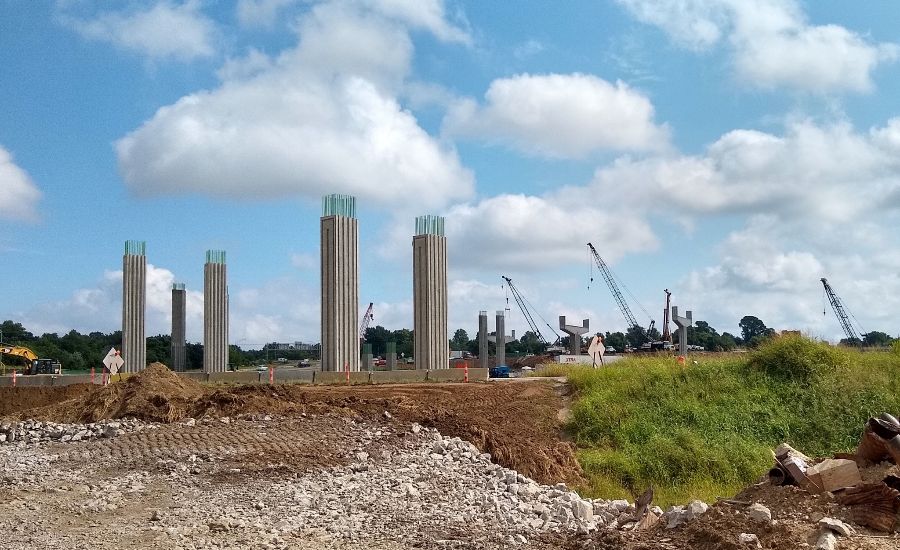Oklahoma officials approved more than 300 additional projects worth nearly $2 billion for the state Dept. of Transportation’s eight-year construction plan on Oct. 4. ODOT now plans to spend $7.7 billion on more than 1,600 projects through 2029.
The projects include nearly 2,296 miles of roadway improvements, such as safety enhancements on 1,013 miles of highway with no shoulders or deficient shoulders, plus rehabilitation or replacement of 685 bridges, including the state’s last few structurally deficient bridges.
John Smaligo, president and CEO of ABC of Oklahoma, says the state’s continued infrastructure investments are “absolutely vital” and will mean heavy highway sector builders stay busy through at least the end of the decade.
“ABC and our members are thrilled to see the state’s continued investment in our infrastructure, and obviously this is a clear response on a policy level to the public demand out there for better transportation for our state,” Smaligo says.
ODOT officials say they balance projects and spending between the department’s eight field districts. The plans include significant urban projects like the reconstruction of the I-35/I-240 Crossroads interchange in Oklahoma City and an estimated $20 million for future improvements to the I-44/US-75 interchange in Tulsa, plus rural projects such as the major reconstruction of US-259 in McCurtain County and the future widening of I-35 near Thackerville in Love County.
Tim Gatz, Oklahoma’s transportation secretary and ODOT executive director, said in a statement that the state aims to maintain its top-10 national status for good bridge conditions. ODOT’s eight-year plans, which are updated annually, and financial support from lawmakers have helped the state make significant improvements to its highway infrastructure since the department developed its first eight-year plan in 2002.
Work in Progress
Oklahoma had 1,168 structurally deficient bridges in 2004 and was ranked 49th nationally for highway bridge conditions. By 2020, structurally deficient bridges accounted for less than 1% of the state’s bridge inventory at 67 bridges and Oklahoma was ranked seventh in the U.S. for highway bridge conditions.
“Our transportation infrastructure has finally caught up to where it should have been long ago, and it’s taken a huge investment, there’s no question about it,” Smaligo says. “A lot of times, elected officials and the public scoff at the idea of simply throwing money at a problem, but when it comes to these infrastructure issues, money is absolutely what it takes to buy the materials and get them in place so travelers in Oklahoma are safe on the roadways.”
Funding for the projects will come from a variety of sources. DOT officials project a baseline of $322.9 million in state aid and $482.42 million in federal aid for 2022, based on historic commitments. ODOT expects the annual state aid amount available for its projects to grow to $410.08 million over the next eight years.
ODOT is anticipating an increase in the Rebuilding Oklahoma Access and Driver Safety Fund annual cap from $575 million to $590 million in 2023. Oklahoma has also taken advantage of the U.S. Dept. of Transportation Transportation Infrastructure Finance and Innovation Act (TIFIA) Rural Project Initiative to hasten two-lane improvement projects already in the plan through low-interest loans. Some projects have received outside grant funding, including $72 million from the federal government to add capacity at I-40 and Douglas Boulevard near Midwest City and to reconstruct the US-281 Bridgeport Bridge at the line of Canadian and Caddo counties, and $50 million secured by the Texas Dept. of Transportation to improve I-35 at the Red River.





